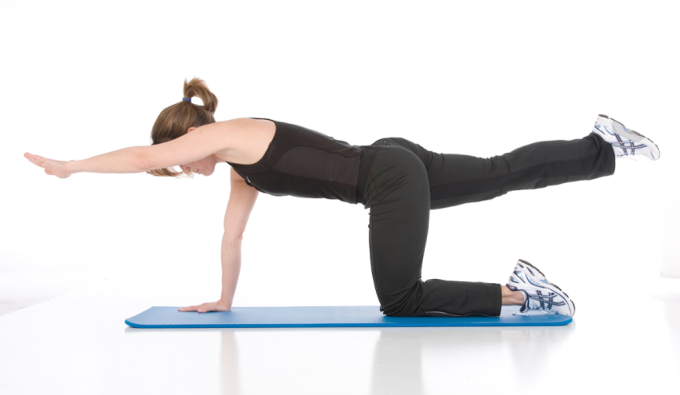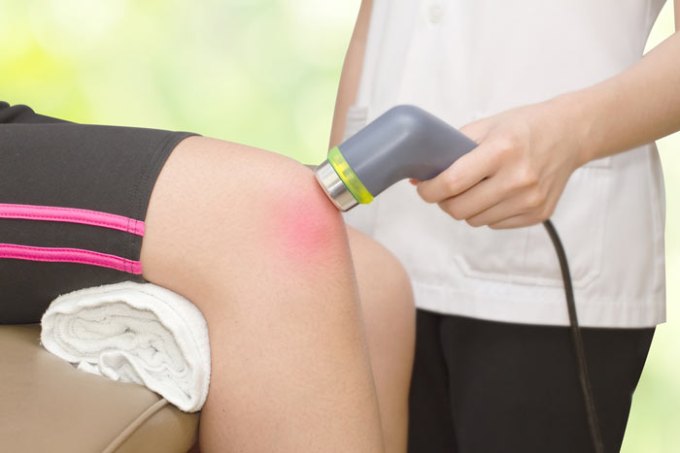Chiropractic adjustments have been shown to be a safe and effective alternative treatment for pain and injury.
Chiropractors perform 95 percent of all adjustments in the world to
correct the subluxations, or misalignments, of the vertebrae in the
spine. Chiropractic adjustments are performed by applying gentle, yet
firm pressure to a bone. The goal of any adjustment is to restore the
bone to its natural, or original, position. The important thing to
remember is the act the adjustment frees-not forces-a vertebrae to allow
it to find its natural position. This is accomplished by the body's
innate intelligence.
Chiropractic adjustments are performed to treat a wide variety of conditions, including (but not limited to):
- Arthritis
- Bursitis
- Carpal tunnel syndrome and other repetitive strain disorders
- Chronic muscle pain and stiffness
- Headaches
- Most musculoskeletal and sports-related injuries
- Nerve disorders
- Pain and stiffness in the back, chest, abdomen, neck, hips and shoulders, as well as extremities such as arms, legs, and feet
- Sciatica pain
- Scoliosis
- Tendonitis
- Whiplash and other traumatic injuries
Adjustments can be performed while sitting, standing, or lying down. Some adjustments involve special instruments or tables.
Some common adjustment techniques include:
- Instrument adjustments, which involve a spring-loaded device.
- Lumbar roll, in which the chiropractor applies a firm, yet quick thrust to a misaligned vertebra while the patient lies on his or her side.
- Motion palpation, a hand technique the chiropractor uses to determine if your vertebrae are properly aligned.
- Release work, in which the chiropractor uses gentle pressure with the fingers to separate the vertebrae.
- Table adjustments,
which entail lying on a specially designed table that drops when
pressure is applied to a specific area. The dropping motion allows more
gentle adjustments than some manual adjustments do.
- Toggle drop, which entails firm pressure applied on a specific area of the spine by using crossed hands.
Chiropractors
take many factors-including size, weight, and muscle structure-into
consideration when deciding on which adjustment to make. Sometimes, ice,
electrical stimulation, or massage therapy (including traction massage)
are used prior to a spinal manipulation in order to relax the muscles.
In some cases, it may necessary to perform an adjustment while you are
sedated. Spinal manipulation under anesthesia, which is considered a
very safe procedure, is usually reserved for patients with conditions
such as chronic neck, back, and joint pain, muscle spasm, shortened
muscles, and fibrous adhesions.
Another form of adjustment
called craniosacral therapy, or "CST," involves exerting very mild
pressure to the body's craniosacral system, which is comprised of the
membranes and cerebrospinal fluid that surround and protect the brain
and spinal cord. This includes the cranium-which is composed of the
skull, face and mouth, and the "sacrum," or tailbone. CST has been shown
to provide relief from chronic neck and back pain, scoliosis, brain and
spinal cord injuries, migraines, chronic fatigue, nervous system
disorders, jaw joint problems, and stress disorders. (Such conditions as
aneurysm and intracranial hemorrhage prohibit this kind of therapy.)
Adjustments almost always do not involve any
pain
or discomfort. The important thing for a patient to keep in mind is to
remain relaxed, because stiffening up may impede the adjustment process.
Popping sounds are sometimes heard during adjustments; these are
usually pockets of air being released behind a joint or other bony
structure.
Adjustments can leave you with a greater sense of
well-being, calm, and most importantly, on the road to a life without
pain. Following an adjustment, some patients experience mild aching or
soreness in their spinal joints or muscles, which can usually be
relieved by an ice or heat pack.
Adjustments have been shown to:
- Increase blood flow
- Increase pain tolerance levels
- Increase range of motion
- Increase the body's secretion of "good" chemicals such as melatonin and endorphins
- Reduce blood pressure
- Reduce tension and muscle pressure













